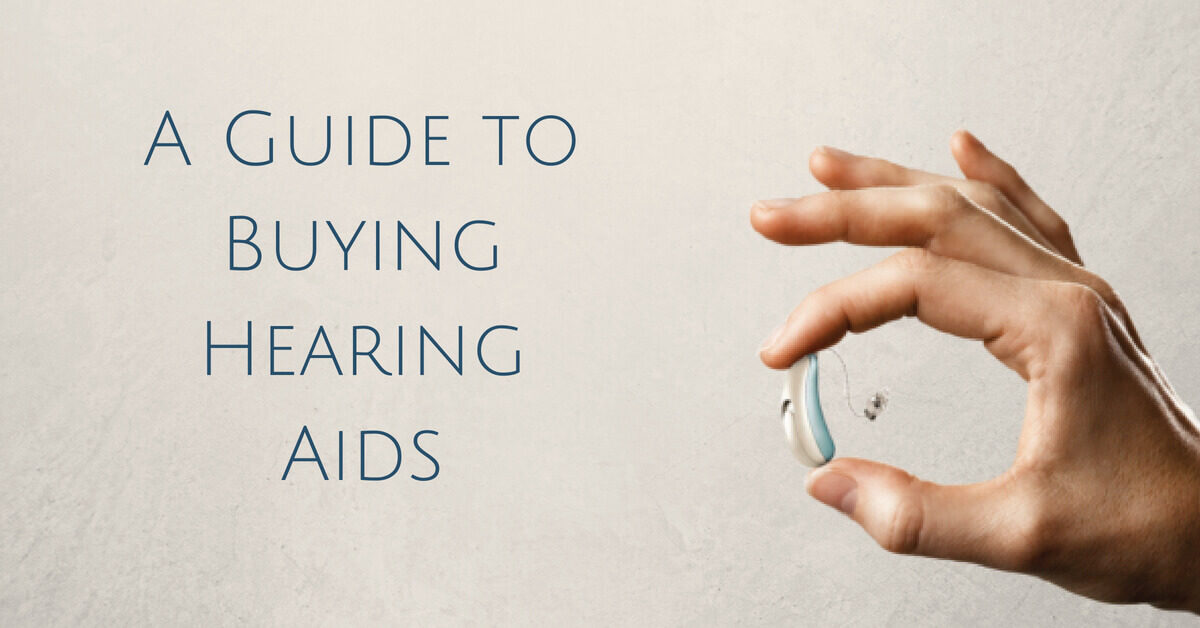Hearing aids are a common solution to hearing loss of all levels, whether it be mild or severe. Wading through the wealth of information on hearing aids can seem a bit overwhelming. There are in fact many factors to consider when it comes time to choose a new hearing aid, or to update the hearing aid style you already use. You will have to consider cost, of course, as well as factors such as your level of hearing loss, what styles of hearing aids best suit your level of hearing loss, and how the hearing loss simply feels on your ear. Carefully considering all of the options that are available to you is necessary to coming away with the perfect hearing aid.
A lot of things have changed about hearing aids. Hearing aids no longer fit the stereotype of the large, obtrusive, beige plastic device that your (great-) grandparents wore, but seemingly always forgot to turn on. Society is becoming more open to the fact that people of all ages can be impacted by hearing loss, and that there are many different kinds of hearing needs across all age groups. Many different styles of hearings aids have been developed to fit all kind of people with diverse hearing needs. Take a minute to learn more about some key hearing aid styles before you take steps to visit us at HearCare.
Behind-the-Ear, Receiver-in-the-Ear, and Receiver-in-Canal Hearing Aids
Some of the most common hearing aid styles have parts that are visible outside of the ear canal. Behind-the-Ear (BTE), Receiver in the ear (RITE), or receiver in the canal (RIC) devices are hearing aids that are “open-fitting.” In BTE models, half of the hearing aid device sits behind your ear, and it is connected to your ear canal by a small, clear, thin tube that ends in a soft earbud. RITE and RIC devices are similar in the three-part structure. They vary from BTE models slightly, however. In RITE and RIC devices, the microphone that captures outside sounds is in a different place than the receiver. In the BTE style, the microphone and the receiver are often very close by, which can lead to loud and disorienting feedback issues, and overall occlusion, or blockages of sound.
All three versions of these hearing aids provide for quite natural sound, however, because their three-part structure allows for the ear to capture natural air flow and ambient noise. These hearing aids are also larger, meaning that they have larger batteries that give off stronger, lasting power that produces greater hearing improvement. These three styles of hearing aid are especially good for people with mild to severe hearing loss.
In-the-Ear and In-the-Canal Hearing Aids
Some hearing aids that fit wholly inside of your ear canal, with no external components as in BTE, RITE, and RIC hearing aids. The most common of these smaller, in-ear hearing aids are categorized as Invisible-in-Canal (IIC) and Completely-in-Canal (CIC) styles. These hearing aids that fit entirely inside of your ear canal. They are of course smaller devices and as a result they have smaller batteries and are more low power. Because of their size and power capabilities, IIC and CIC hearing aids are ideal for people with moderate hearing loss. They are also great devices for people who want their hearing aids to be more discrete.
On the other end of the spectrum from IIC and CIC hearing aids are the larger, powerful devices as In-the-Ear (ITE) or In-The-Canal (ITC). These hearing aid sit within the recess of your ear called the “ear bowl.” These hearing aids are custom-fit, to ensure that you get the best hearing quality possible. They also frequently come in a variety of colors to match your skin tone. These slightly larger hearing aids are great for people with severe hearing loss, in part because they have larger and stronger batteries. ITE and ITC hearing aids are also some of the most technologically advanced hearing aids. They can include technological supplements like wireless and Bluetooth connectivity and volume control wheels.
Visit Us at HearCare
Choosing a hearing aid can be a long process, and adjusting to a new hearing aid system can be even longer. It is important to be in conversation with friends, loved ones, and caregivers about what your hearing needs are so that you have the support you need to create the healthiest hearing environments possible.
To schedule a consultation and to take a look at hearing aid options, contact us at HearCare today.

